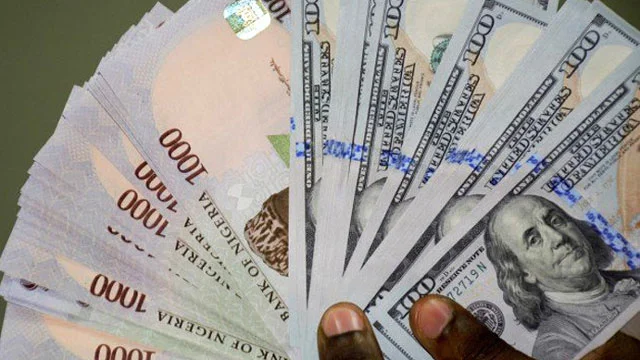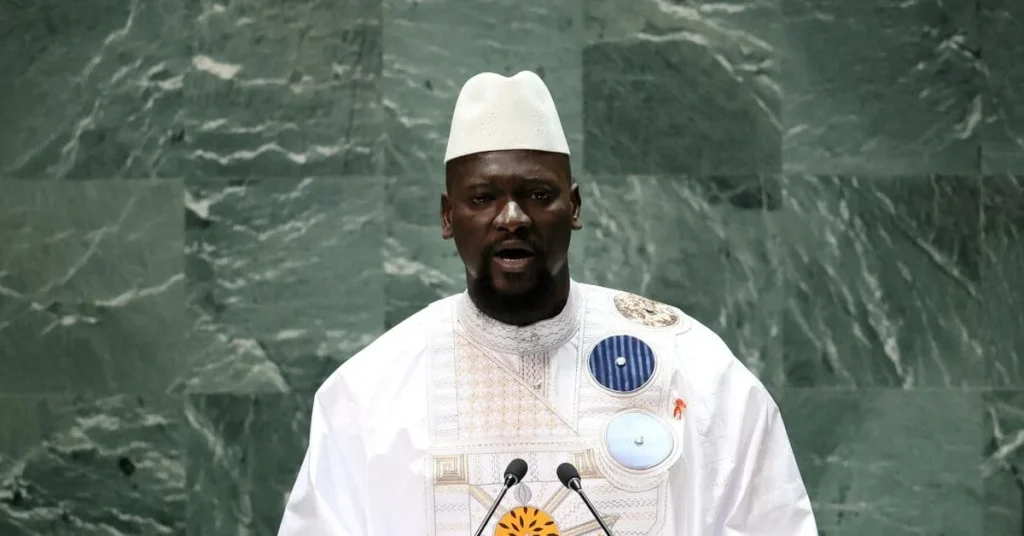Nigeria’s external reserves have fallen below the $40 billion mark for the first time in over three months, according to the Central Bank of Nigeria (CBN). As of Thursday, February 3, 2022, the reserves stood at $39.98 billion, reflecting a sustained decline due to ongoing interventions in the foreign exchange market.
This marks the first dip below the $40 billion threshold since October 2021, before Nigeria’s $4 billion Eurobond issuance helped boost reserves. In January 2022, the reserves dropped by $481.4 million, following a decline of $66.17 million in December 2021.
Why Nigeria’s FX Reserves Are Shrinking
The drop in reserves is largely due to the CBN’s efforts to stabilize the naira by intervening in the Investors and Exporters (I&E) window and other FX markets. Between January and June 2021, the CBN supplied:
-
$8.97 billion through I&E, SME, and invisibles,
-
$1.42 billion via interbank sales,
-
$2.77 billion to BDC operators (before halting FX sales to them).
Despite rising oil prices—above $90 per barrel—Nigeria has struggled to increase crude oil output due to production shortfalls, limiting potential export revenue.
Trade Deficit and Weak Capital Inflows Compound Pressure
Nigeria’s international trade remains in deficit, with a N3.02 trillion trade gap in Q3 2021, as import bills outpace exports. Additionally, capital importation has yet to recover to pre-COVID-19 levels, further exacerbating the foreign exchange crunch.
In 2021, the government secured a $4 billion Eurobond and $3.35 billion SDR allocation from the IMF, temporarily boosting reserves above $41 billion.
However, the sustained demand for FX, coupled with limited supply and weak investment inflows, continues to drive the downward trajectory of the nation’s foreign reserves.






